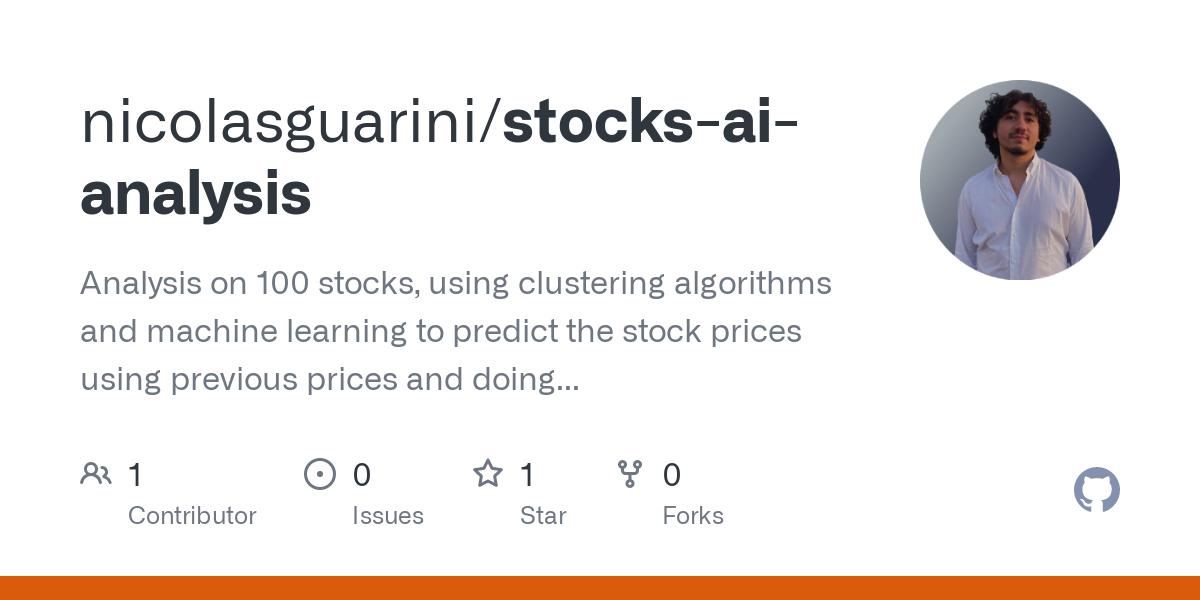Support for customers plays an essential aspect in deciding on an AI trading platform. Reliable, responsive support can have a huge impact in solving any issues, maximizing the platform’s usage, and ensuring that trading is effortless. These are the top 10 ways to evaluate the support provided by these platforms.
1. Review the availability of support
24/7 Support: Ensure that the platform offers 24/7 customer support. This is crucial for trading in real time as well as global markets.
Business hours. If 24-hour support isn’t available, make sure to check that you are able to get support during your trading time.
Holiday coverage: Make sure you know whether support is offered during weekends or holiday hours, or during market closures.
2. Test Response Times
Initial response. Check your support by contacting them with a question.
Time to fix It is not enough to simply acknowledge the issue, but also determine how long it will take to fix it.
Live chat Test the responsiveness and effectiveness of live chat, if it’s available.
3. Examine Support Channels
Multiple channels: Ensure that the platform provides support in multiple channels (e.g. phone and live chat, email, and social media).
Verify the availability and the reliability of the support channels you prefer (e.g. chat or phone).
Self-service solutions: Look for a comprehensive information base, FAQs, or forums on community for fast solution-finding.
4. Evaluation of Support Quality
Expertise: Support agents should be familiar with the platform and trading issues.
Problem-solving: Assess whether the agents have the ability to efficiently resolve complex issues or escalate them when appropriate.
Professionalism. Check that support interactions were courteous, professional, and helpful.
5. Look for Account Managers who are committed
Support Premium: Make sure that institutions or higher-tiered plans have access to account managers.
Personalized assistance: Assess whether your account managers offer individualized support and a proactive approach.
Relationship-building: Find out if the manager of your account is available, and try to build an ongoing relationship with users.
Review Documentation
Knowledge base: Ensure that the website has a searchable and well-organized knowledge base that includes tutorials, guides and assistance with troubleshooting.
Video tutorials: See whether the platform provides videos or webinars for visual learners.
API documentation. API documents are important to developers.
7. Examine peer and community support
Forums for users. Make sure your platform has an active forum or user community in which you can get helpful tips and techniques.
Social media groups Find groups on unofficial social networks (e.g. Reddit. Facebook. LinkedIn), where users discuss the platform.
Community engagement – Look for an active involvement of the platform’s staff in online forums or community discussions.
8. Evaluate Escalation Processes
Issue escalation. Ensure you have a clearly defined procedure for escalating unresolved issues up the support chain or management.
Follow-up – Verify how the support team continues to follow up with you after you’ve resolved an issue.
Feedback loop – Verify whether the platform gathers feedback from users in order to improve customer service.
9. Test Support for Critical Situations
Market volatility: Assess the responsiveness of support personnel during periods of high market volatility.
Technical Issues: Try simulating an issue (e.g. login issue, data discrepancy) to observe how the support team handles the issue.
Trade execution: Verify if support can assist with urgent trade-related issues (e.g. unsuccessful orders, execution delays).
Take User Feedback into Account
Online reviews – Read the reviews of users on sites like copyright, G2, Reddit or Reddit.
Testimonials: Look for case studies or testimonials that highlight positive experiences in support.
Check out how the platform handles negative feedback and complaints.
Bonus Tips
Support during the demo or trial period.
Support for languages: If you’re a non-English speaker, verify whether there is support available in your preferred language.
Onboarding and training. Find out if the platform has sessions available for onboarding or training new users.
These guidelines will help you evaluate the customer service of AI stock-predicting/analyzing trading platforms. In this way you can select a platform that has reliable, responsive and helpful support. A platform that offers strong customer service can improve your experience, and help you to make the most of its features. Check out the recommended chatgpt copyright for website examples including ai stock picks, ai investment app, ai investment advisor, ai hedge fund outperforms market, chart analysis ai, ai options trading, ai trading bot, ai stock picker, ai investment app, ai trader and more.

Top 10 Tips For Evaluating The Regulatory Compliance Of Ai Stock-Predicting/Analyzing Trading Platforms
Regulation compliance is an important factor in evaluating AI-based trading platforms. Compliance ensures that the platform operates within the legal framework, safeguards user data, and adheres to financial regulations, thus reducing the chance of legal issues or financial sanctions. Here are 10 suggestions to evaluate the compliance of these platforms.
1. Verify License and Registration
The regulatory bodies: Make sure the platform has been registered and licensed with appropriate financial regulatory bodies (e.g. SEC in U.S.A., FCA UK, ASIC Australia).
Make sure that the brokers integrated into the platform are licensed and regulated.
Public records: Check the website of the regulator to find the status of registration and any past violations.
2. Assessment of Data Privacy Compliance
GDPR – If your site is located in the EU or serves users from the EU make sure that it complies with GDPR.
CCPA : California Consumer Privacy Act (CCPA) compliance should be checked by users.
Policy on handling data: Make sure you review the platform’s privacy policies to learn how users’ data is collected and stored.
3. Examine Anti-Money Laundering(AML) measures
AML Policies: The platform should have solid AML (Anti-Money Laundering) policies to detect the money laundering process and stop it from happening.
KYC procedures: Determine whether the platform is following Know Your Customer (KYC) procedures to verify user identities.
Examine the platform’s monitoring of transactions. Does it monitor transactions and report any suspicious activity to relevant authorities?
4. Check for Compliance with Trading Regulations
Market manipulation: Make sure that the platform is equipped to stop market manipulations such as fake trading, wash trading.
Order types: Verify if the platform complies with rules regarding types of orders (e.g. there is no unlawful stop-loss hunting).
Best execution: Make sure the platform adheres to the best execution practices, making sure that transactions are executed at the highest price available.
5. Cybersecurity compliance assessment
Data encryption. Make sure your platform has encryption for user data, both in rest.
Incident response – Verify the plan of the platform to take action in the event of cyberattacks or data breaches.
Certifications: Verify if the platform is certified for cybersecurity.
6. Transparency as well as Disclosure and Evaluation
Fee disclosure – Make sure all fees are made public, including hidden or additional charges.
Risk disclosure – Make sure that the platform provides clear information on risk. This is crucial when trading strategies have high leverage or risk.
Performance reporting: Ensure that the AI platform is transparent and provides accurate performance data for its AI model.
7. Check for compliance with International Regulations
Cross-border trading. If you are planning to conduct international trade, make sure that your platform adheres to all applicable regulations.
Tax reporting – Find out whether a platform offers tools and reports that assist users in complying with tax regulations.
Conformity with international sanctions: Ensure that your platform is in strict compliance with these regulations and doesn’t permit trading between prohibited countries or entities.
8. Examine Record-Keeping and Audit Trails
Transaction records: Make sure the platform has complete records of each transaction to ensure audit and regulatory compliance.
User activity logs Make sure your platform keeps track of all activities by users, including transactions, logins, as well as the changes to account settings.
Audit readiness: Check if the platform can provide necessary documentation and logs in the case an audit by a regulatory agency.
9. Examine the compliance of AI Specific Regulations
Algorithmic trading rules: If the trading platform supports algorithms, check that it is in compliance with the rules of MiFID II for Europe or Reg. SCI for the U.S.
Fairness and bias Determine if the platform mitigates or is monitoring its AI models for ethical and fair trading.
Explainability: As stipulated by certain regulations, the platform should be able to provide clear explanations for AI-driven decisions and predictions.
10. Review the User’s Feedback and the Review Regulatory History
User reviews: Read user feedback and then compare it with the platform’s norms of the industry.
Check the history of regulatory compliance to determine if any regulatory violations have been committed, as well as penalties and fines.
Third-party inspections: Verify whether the platform is subject to regular third-party inspections in order to verify that the platform is in compliance.
Bonus Tips
Legal consultation: Speak with a lawyer to ensure the platform complies with all relevant regulations.
Trial period. Try the trial or demo of the platform to try out its compliance features.
Customer Support: Ensure that the platform offers customer support for any questions or issues with compliance.
Following these tips can help you assess the regulatory compliance of an AI trading platforms that predict and analyze stocks. You’ll be able to select a platform that complies with legal frameworks while protecting your security. Compliance does not just help minimize legal risks, it also increases confidence in the platform. Have a look at the top ai trading app recommendations for website examples including stocks ai, ai stock trading, ai trade, ai stock trading app, free ai trading bot, best ai etf, ai stock price prediction, coincheckup, ai trade, trade ai and more.
